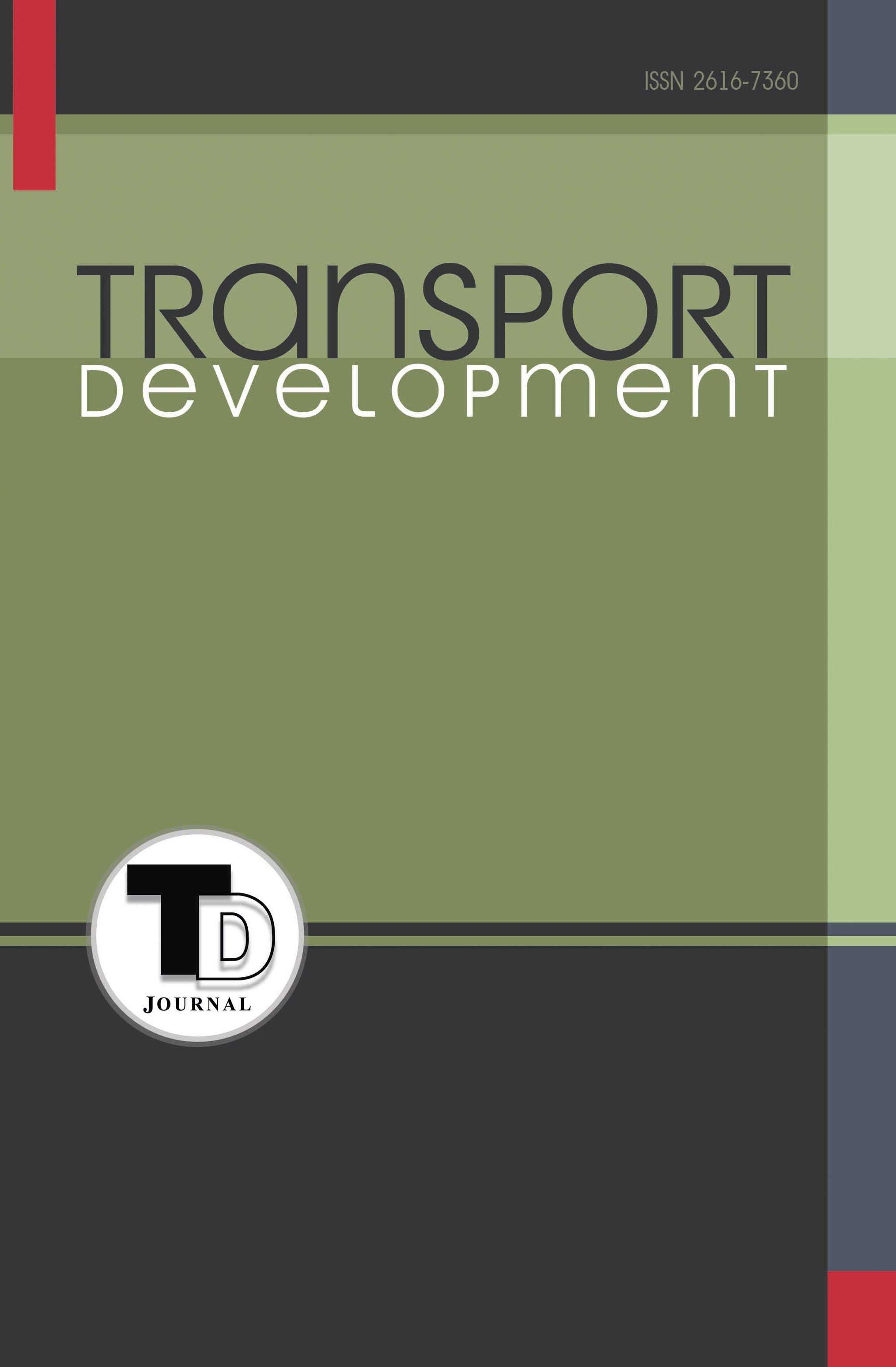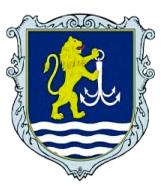IMPROVEMENT OF THE CHARACTERISTICS OF PROTECTIVE COATINGS INTENDED FOR THE PROTECTION OF SURFACES OF AIDS NAVIGATION WATER TRANSPORT
Abstract
Introduction. Ensuring global communication is crucial for cargo delivery by water transport within clearly established deadlines. Thus, the reliability of ship radar systems is essential. At the same time, for the reliable operation of radar systems, it is necessary to monitor the condition of their external surfaces, particularly paint coatings. Purpose. Develop mathematical models for predicting the characteristics of polymer coatings intended for protecting the surfaces of ship navigation aids. Results. To create polymer coatings designed for protecting the surfaces of metal structures, particularly the surfaces of navigation equipment, the epoxy oligomer ED-20, cured with polyethylene polyamine (PEPA), was chosen as a binder. To improve the properties of protective coatings, the following were used: a nanodispersed fullerene-carbon black mixture, with a dispersion of 30…40 nm, and trimethoprim, with a dispersion of 5…10 μm. The optimal content of each filler in the polymer volume was determined based on comprehensive studies of the properties and structure of polymer coatings. To ensure the maximum effect in the form of a ratio of the structure and properties of polymer coatings, mathematical models were developed in the work using the Statgraphics Centurion 19 software, which allowed optimizing the composition of differently dispersed fillers in the matrix to ensure the desired functional properties of materials. Conclusions. The rational combination of micro– and nanoscale fillers allowed the structure of the polymer to be changed. This ensured the maximum value of the adhesive strength at separation, which is 42.0 MPa, and impact strength – 17.2 kJ/m2 when introducing trimethoprim into the polymer volume at a content of – 10 pts.wt., and a nanodispersed fullerene-carbon black mixture – 0.050 pts.wt. The developed mathematical models and graphic response surfaces allow us to predict the final properties of polymer coatings. The developed coatings can be used to improve the operational characteristics of ship navigation aids.
Downloads
References
2. International maritime organization IMO. RESOLUTION A.744(18) https://wwwcdn.imo.org/localresources/en/KnowledgeCentre/IndexofIMOResolutions/AssemblyDocuments/A.744(18).pdf
3. SOLAS (Safety of Life at Sea) Consolidated Edition, 2020. https://www.samgongustofa.is/media/english/SOLAS-2020-Consolidated-Edition.pdf
4. RESOLUTION MSC.215(82). https://wwwcdn.imo.org/localresources/en/KnowledgeCentre/IndexofIMOResolutions/MSCResolutions/MSC.215(82).pdf
5. Rules and Regulations for the Classification of Ships. https://www.imorules.com/LRSHIP.html
6. Buketov, A., Sapronov, O., Klevtsov, K., Kim, B. (2023) Functional Polymer Nanocomposites with Increased Anticorrosion Properties and Wear Resistance for Water Transport. Polymers, 15: 3449. https://doi.org/10.3390/polym15163449
7. Panda, A, Dyadyura, K, Valíček, J, Harničárová, M, Kušnerová, M, Ivakhniuk, T, Hrebenyk, L, Sapronov, O, Sotsenko, V, Vorobiov, P, Levytskyi, V, Buketov, A, Pandová, I. (2022) Ecotoxicity Study of New Composite Materials Based on Epoxy Matrix DER-331 Filled with Biocides Used for Industrial Applications. Polymers, 14(16): 3275. https://doi.org/10.3390/polym14163275
8. Masiuchok, O., Iurzhenko, M., Kolisnyk, R., Mamunya, Ye., Godzierz, M., Demchenko, V., Yermolenko, D., Shadrin, A. (2022) Polylactide/Carbon Black Segregated Composites for 3D Printing of Conductive Products. Polymers, 14: 4022. https://doi.org/10.3390/polym14194022
9. Demchenko, V.L., Kobylinskyi, S.M., Riabov, S.V., Shtompel, V.I., Iurzhenko, M.V., Rybalchenko, N.P. (2020) Novel approach to formation of silver-containing nanocomposites by thermochemical reduction of Ag+ ions in interpolyelectrolytemetal complexes. Applied Nanoscience, 10(12): 5409–5419. https://doi.org/10.1007/s13204-020-01368-0
10. Tomina, A.-M., Yeromenko, O. (2023) The dependence of the abrasive wear resistance of ultra-high-molecular-weight polyethylene on the content of mineral fillers with needle-like structure. Functional Materials, 30 (3): 403–406. https://doi.org/10.15407/fm30.03.403
11. Demchenko, V., Riabov, S., Shtompel’ V. (2017) X-ray study of structural formation and thermomechanical properties of silver-containing polymer nanocomposites. Nanoscale Research Letters, 12: 235–240. https://doi.org/10.1186/s11671-017-1967-2
12. Stukhlyak, P.D., Moroz, K.M. (2011). Influence of porosity in the epoxy matrix-polyvinyl alcohol-disperse filler system on the impact toughness. Mater. Sci. 46(4): 455-463. DOI: 10.1007/s11003-011-9312-x
13. Dobrotvor, I.G., Stukhlyak, P.D., Mykytyshyn, A.G., et al. (2021) Influence of Thickness and Dispersed Impurities on Residual Stresses in Epoxy Composite Coatings. Strength Mater., 53: 283–290. DOI: 10.1007/s11223-021-00287-x
14. Grashchenkova, М.A., Tomina, A.-M.V., Burya, O.I., Krasnovyd, S.V. Konchits, A.A., Shanina, B.D. (2023) Influence of Carbon Fibres on Properties of Composites Based on Sulfaryl-BSP-7 Copolymer. Nanosistemi, Nanomateriali, Nanotehnologii, 21 (1): 139–151. https://www.imp.kiev.ua/nanosys/ua/articles/2023/1/nano_vol21_iss1_p0139p0151_2023_abstract.html
15. Sapronov, O., Buketov, A., Kim, B., Vorobiov, P., Sapronova, L. (2024) Increasing the Service Life of Marine Transport Using Heat-Resistant Polymer Nanocomposites. Materials, 17: 1503. https://doi.org/10.3390/ma17071503





